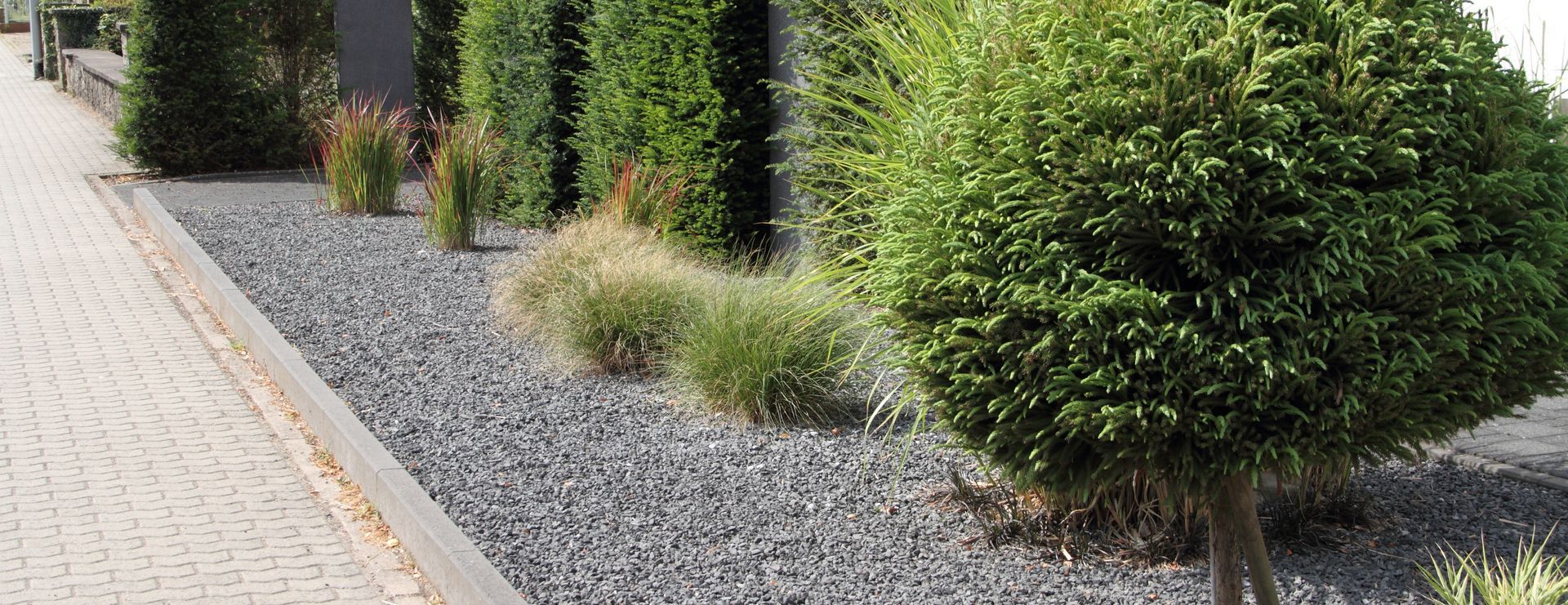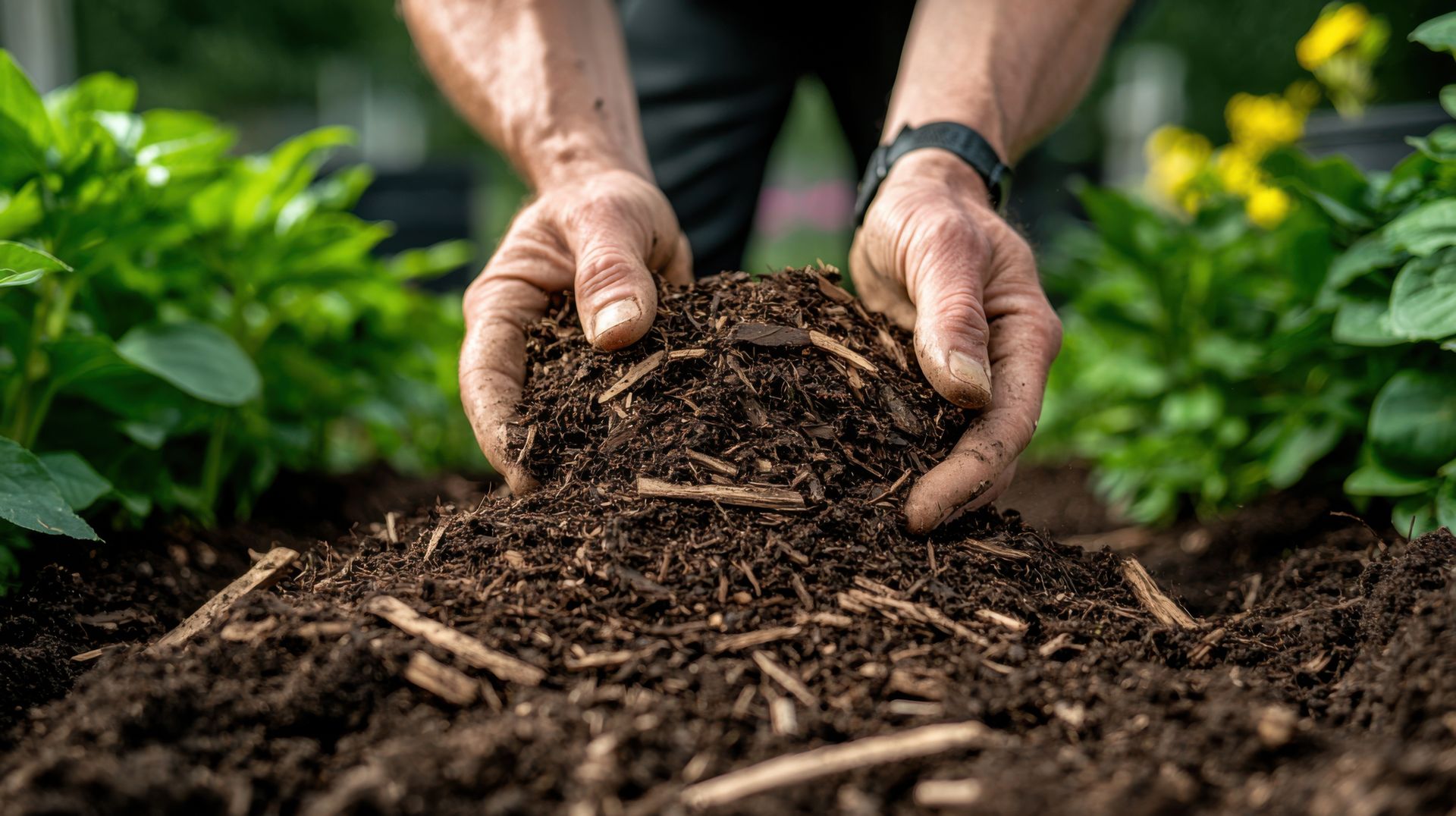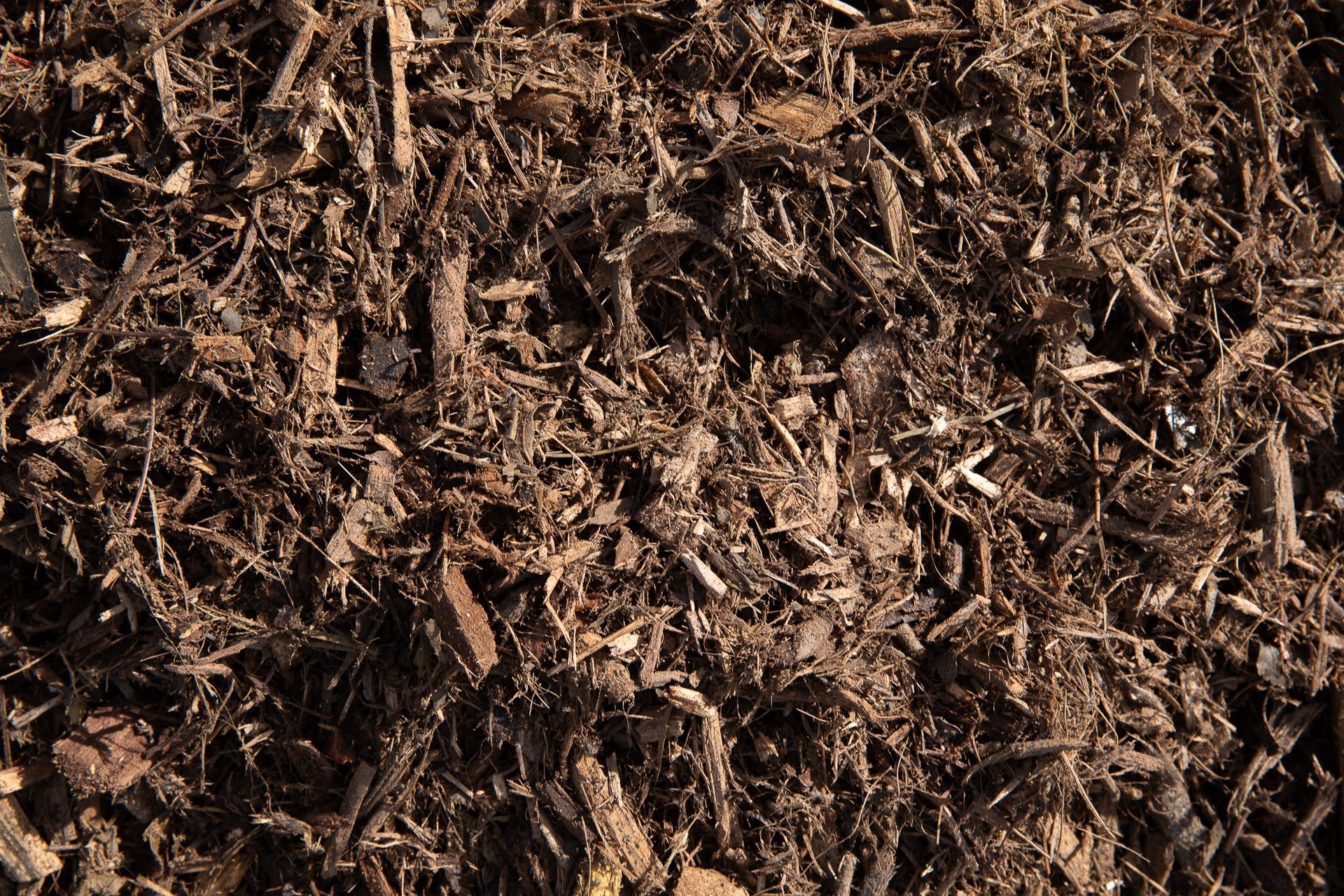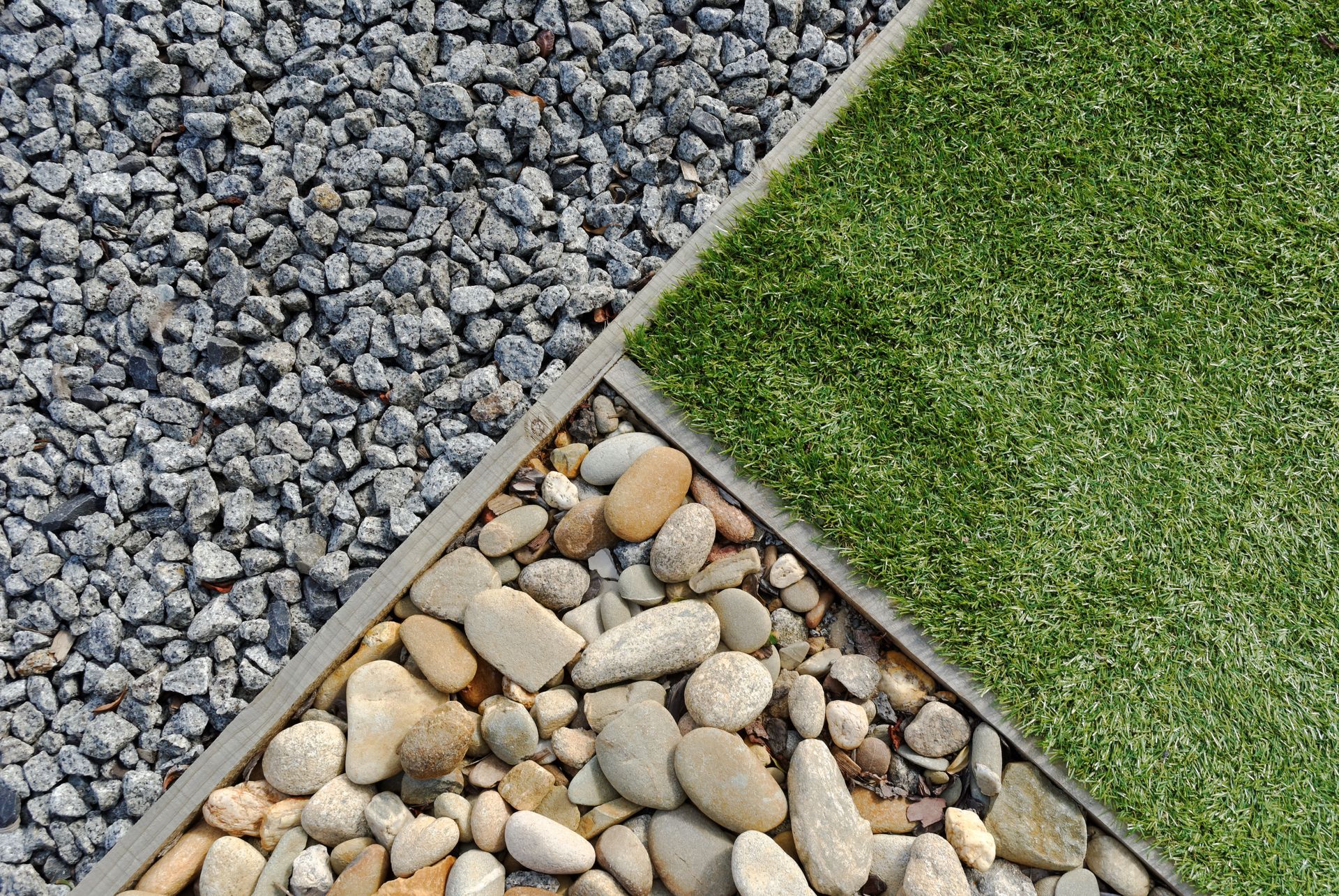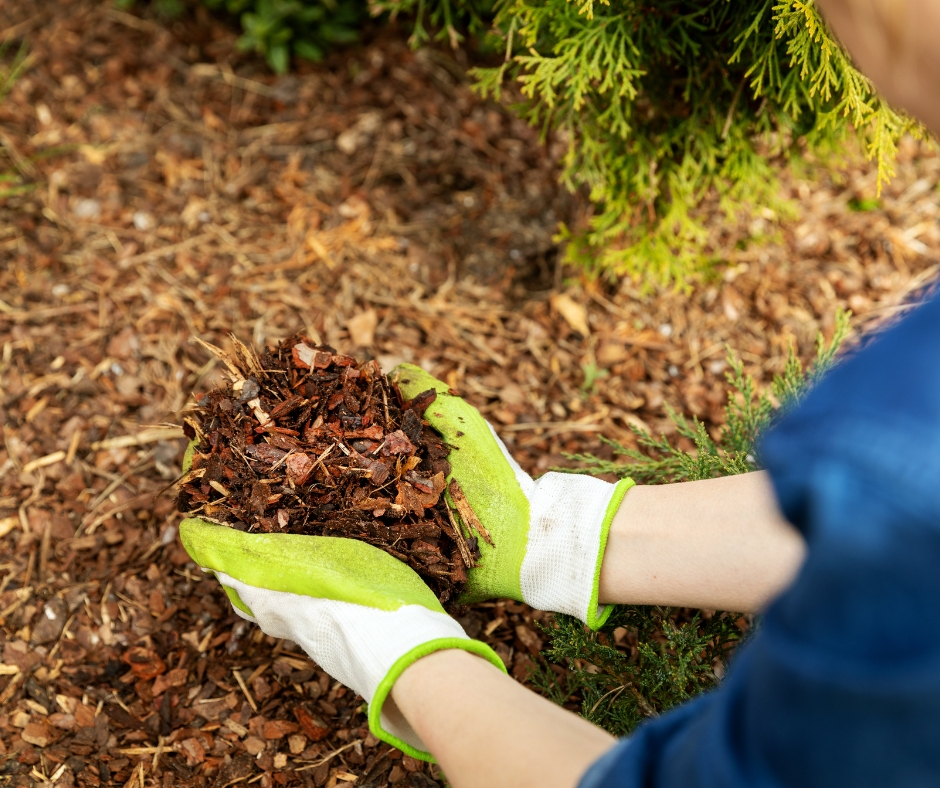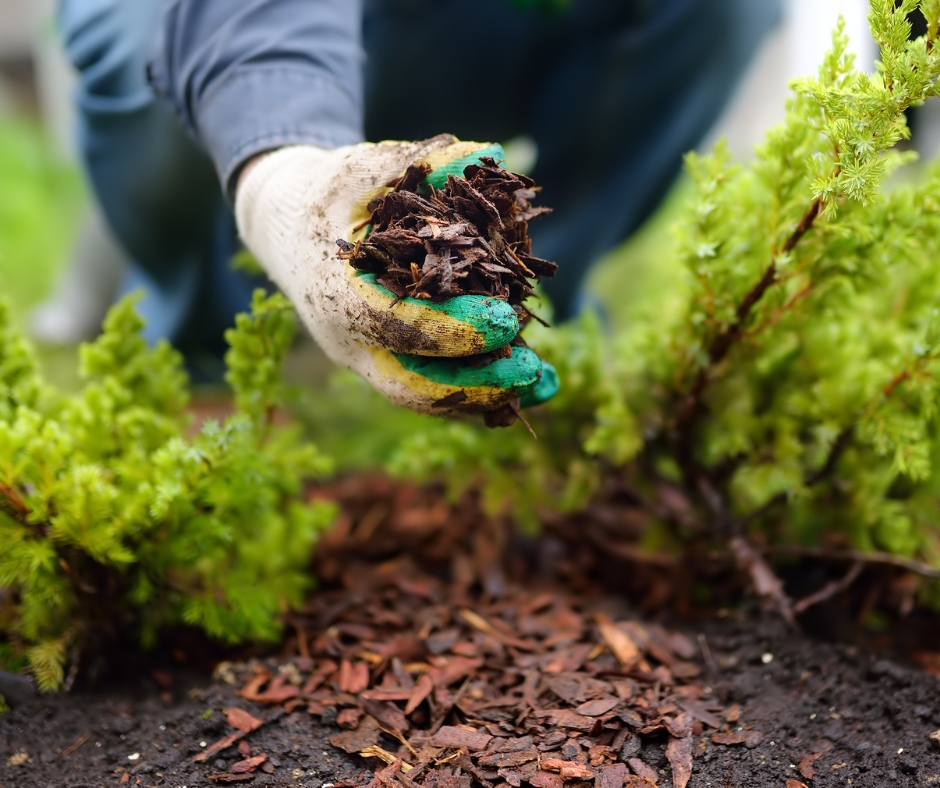10 Different Types of Soils You Didn't Know Existed
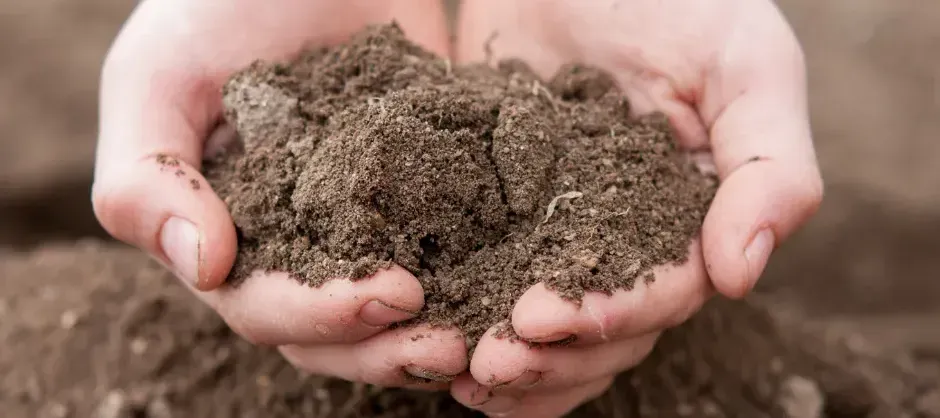
Soil is one of the most important natural resources on Earth. It is the top layer of the Earth’s surface that is composed of weathered rocks and organic matter. Soil provides many ecosystem services, including support for vegetation, carbon storage, regulation of water flow, and filtering of pollutants.
There are many different types of soils, and each one has its unique characteristics. The type of soil you have will depend on the parent material from which it was formed, the climate in which it formed, the amount of time it has been forming, and the organisms that have been living in it.
In this article, we will take a look at 10 different types of soils you may not have known existed!
Alluvial Soils
Alluvial soils are formed by the deposit of sediment left behind by rivers and waterways. These soils tend to be high in silt and clay content, giving them a great ability to retain moisture. The soil is usually level, allowing water to seep through easily. They are rich in nutrients and are often used for cultivation. Alluvial soils can be found in parts of most continents, making them an extremely versatile soil type. They are also quite durable and resistant to erosion, which is highly beneficial for agricultural production. However, they are prone to waterlogging and cracking in dry periods, so proper drainage and irrigation are necessary for optimal performance.
Aridisols
Aridisols are soils that are characteristic of hot, dry regions and are often found in deserts and semi-arid lands. These soils are typically low in organic matter, high in salts, and relatively infertile. Aridisols are composed of several distinct layers, including an A horizon, a B/C horizon, and a calcrete layer. The A horizon is the topmost layer and is composed of organic matter and other materials that provide nutrients to plants. The B and C horizons contain particles that are too small to provide nutrition to plants but are still important for water retention. The calcrete layer forms when calcium carbonate accumulates as it leaches from the soil.
Entisols
Entisols are soils that have not had enough time to develop distinct horizons. These soils typically have a single layer of weathered material, with little or no organic matter. Entisols are common in areas of rapid erosion and deposition, such as along coasts, around rivers, or in the wake of volcanoes. They tend to be infertile and low in nutrients but can be found in a variety of climatic regions. They are one of the most abundant soil types in the world.
Gelisols
Gelisols are soils that are characterized by a very cold climate. These soils are common in the subarctic and high alpine regions and are often covered in permafrost. Gelisols are composed of silts and clays and have a low organic matter content. They are typically dark and very acidic, so they are not suitable for agriculture. However, these soils are important for supporting wildlife and providing habitat for unique plant species.
Histosols
Histosols are soils composed entirely of organic material. These soils are most often found in wetlands and peat bogs. Histosols are very saturated, with high water content and low air content. These soils are rich in organic matter and provide important homes for a variety of plant and animal species. However, they are very vulnerable to erosion, as the organic material is easily washed away by water currents or wind.
Inceptisols
Inceptisols are soils that are characterized by their ability to form horizons. These soils are typically composed of sand and loam, giving them the ability to hold nutrients and water. Inceptisols are found in a variety of climates, from temperate regions to tropic regions. They are fertile and support a wide range of agricultural production, due to their ability to retain both moisture and nutrients.
Oxisols
Oxisols are soils that are principally found in the tropics and subtropics. These soils are specialty known for their red color, due to their high iron oxide content. Oxisols are made up of clay and iron particles, with a very low organic matter content. These soils are very infertile and highly acidic, making them unsuitable for most agricultural processes. However, they are extremely stable and resistant to erosion.
Spodosols
Spodosols are soils that are characterized by a sandy topsoil, a dense subsoil, and an accumulation of organically-bound iron and aluminum. These soils are commonly found in wetter regions, such as the northeastern United States and parts of Scandinavia. Spodosols are usually quite infertile, though they are rich in phosphorus. They are resistant to erosion, which is beneficial in areas of heavy rain and strong winds.
Ultisols
Ultisols are soils that are characterized by clayey subsoil. These soils are typically found in humid regions, particularly in the southeastern United States. Ultisols are poor in most mineral nutrients, but they are rich in organic matter. They are well suited for growing a variety of crops, and because of their ability to retain both water and nutrients, they are widely used for agricultural production.
And Soil Orders
In addition to the ten different types of soils discussed above, there are also several soil orders. Soil orders are larger categories of soils than those discussed above, and generally encompass a wider range of characteristics. The main soil orders are alfisols, andisols, inceptisols, vertisols, and mollisols. Alfisols are typically found in temperate regions and are rich in clay and humus. Andisols are volcanic soils that are mostly found in tropical to subtropical climates. Inceptisols are soils that are characterized by their ability to form horizons. Vertisols are clay-rich soils that expand and contract in response to hydration and drought. Mollisols are temperate soils that are known for their deep, dark color and high nutrient and organic matter content.
Conclusion
Soil is an incredibly important natural resource that sustains both humans and the planet. There are many different types of soils, each with its unique characteristics. In this article, we discussed ten different soil types and soil orders that you may not have known existed. All of these soils play an important part in the global ecology, helping to sustain agricultural production and the world’s ecosystems.
North County Supply is the only shop you'll need for all of your landscape material needs!
We carry a wide variety of materials including mulch, playground chips, soil, and more!
Our knowledgeable staff is always happy to help you find what you need and answer any questions you may have.
Call us at 760-744-3444
North County Supply's Service Locations: San Diego, Escondido, San Marcos, Vista, Oceanside, Carlsbad, Chula Vista, El Cajon, Poway, Santee, Encinitas, Valley Center, La Mesa, Temecula, Murrieta, Coronado, Del Mar, Alpine, Lakeside, Fallbrook, Daley Ranch, Hidden Meadows, Menifee, Solana Beach, Carmel Valley, Ramona, Torrey Pines, Rancho Penasquitos.

